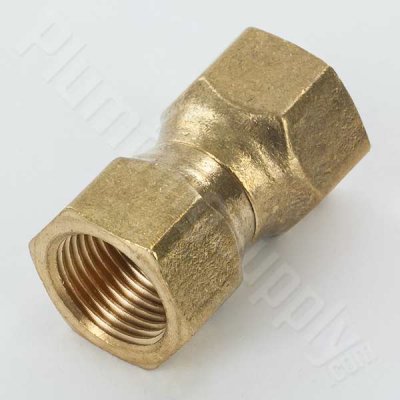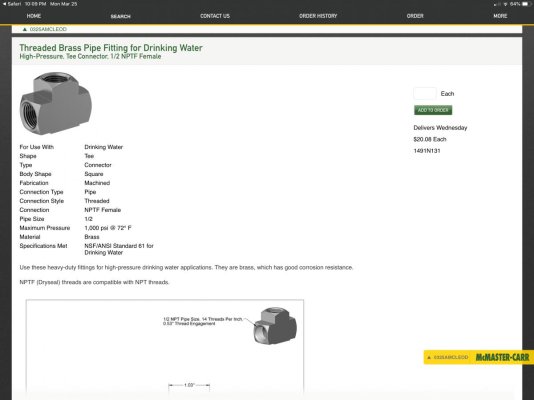I presume that by copper "pipe" you're referring to hard temper copper tubing. Copper tubing is either hard tempered or soft annealed. 1/2" nominal copper tube can come in hard, soft, "M", "L", or "K" wall thickness. K soft copper is used for underground service, it has the thickest wall, and it's the most costly. The stuff you buy at the box stores is probably "M". If you're using tubing on your boat, regardless if it's hard or soft, it should be "L" tubing. M has red trace/lettering, L is blue, K is green. It's always referred to by its nominal size, but the OD is standardized for fitting selection. 1/2" nominal tube is 5/8 OD. 3/4" nom is 7/8 OD, etc. The tube and fittings are always called by their nominal size.
In the trade, M is used for hydronic service, L for potable water, K is potable underground and sometimes specified for medical oxygen lines.
Refrigeration tubing is referred to by its OD, so 5/8" refrigeration tubing is the same as 1/2 nom water line tube. Refrigeration tubing is generally cleaner inside, purged with nitrogen and capped to prevent oxidation of the ID wall. Available both hard temper "sticks" or rolls of tubing. A roll of refrigeration tubing is typically 50 ft, plumbing tube is 60. A standard stick of hard copper is 20 ft. Refrigeration tubing and fittings are called by its OD. If you're working on refrigeration, you'll ask for a 5/8 ell, if you're plumbing, ask for a 1/2" ell. Same fitting. Flare fittings are called by their OD. If you're working on 1/2" nom water lines and you need a flare fitting, you'll ask for a 5/8" whatever. Yup. That's how it works. Plumbing nomenclature is a language unto itself.
Hard tube can be made soft for forming bends and offsets by heating it to red, then allowing it to cool (annealing). Hard tube can also be bent with a bending shoe, although it can wrinkle on the inside radius if it's poor quality. Flares can split if formed on hard tube without annealing first.
And,
yes, sharkbite fittings will fit on soft tube of the correct size. Make sure it's not dinged or misshapen. I'd still probably avoid it, if it's moved or bent it could initiate a leak. Flares aren't hard to do with a good flaring tool and good technique. You'll ask for a sharkbite in nom. If you ask for a tee, tee's are always named with the largest size, then the straight thru size, the outlet last. Here's a 1/2 1/2 3/4 copper ("bullhead") tee.
"Fitting" or street or service- indicates the dimension fits into another fitting, e.g. it's the same size as the OD of the tubing. A street ell or S90 has one side that fits over the tube, the "S" part fits into another fitting.
Bet that's a whole lot more than you wanted to know about copper tubing! BTW, it's not called pipe in the trade. Pipe has threads.










